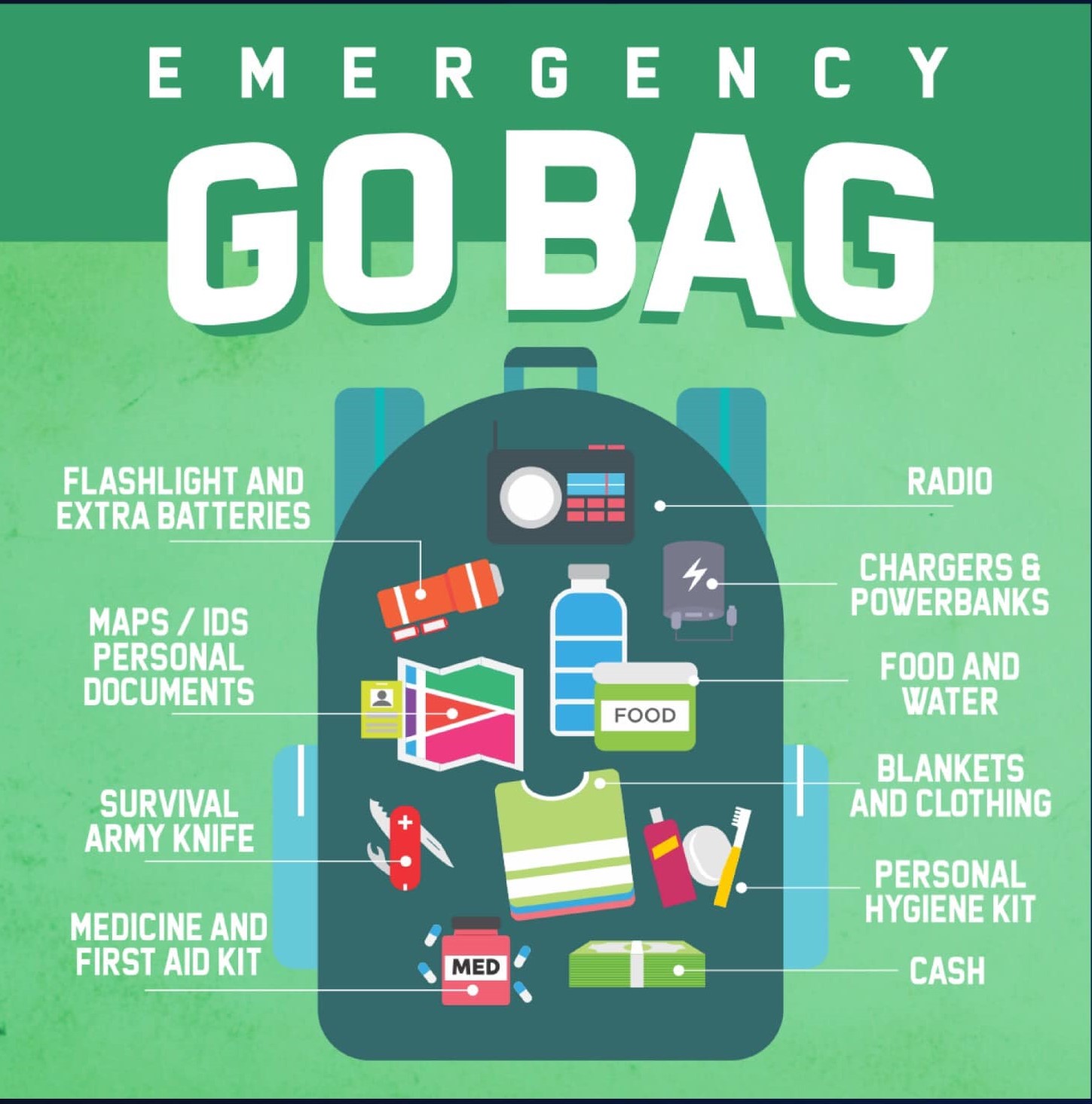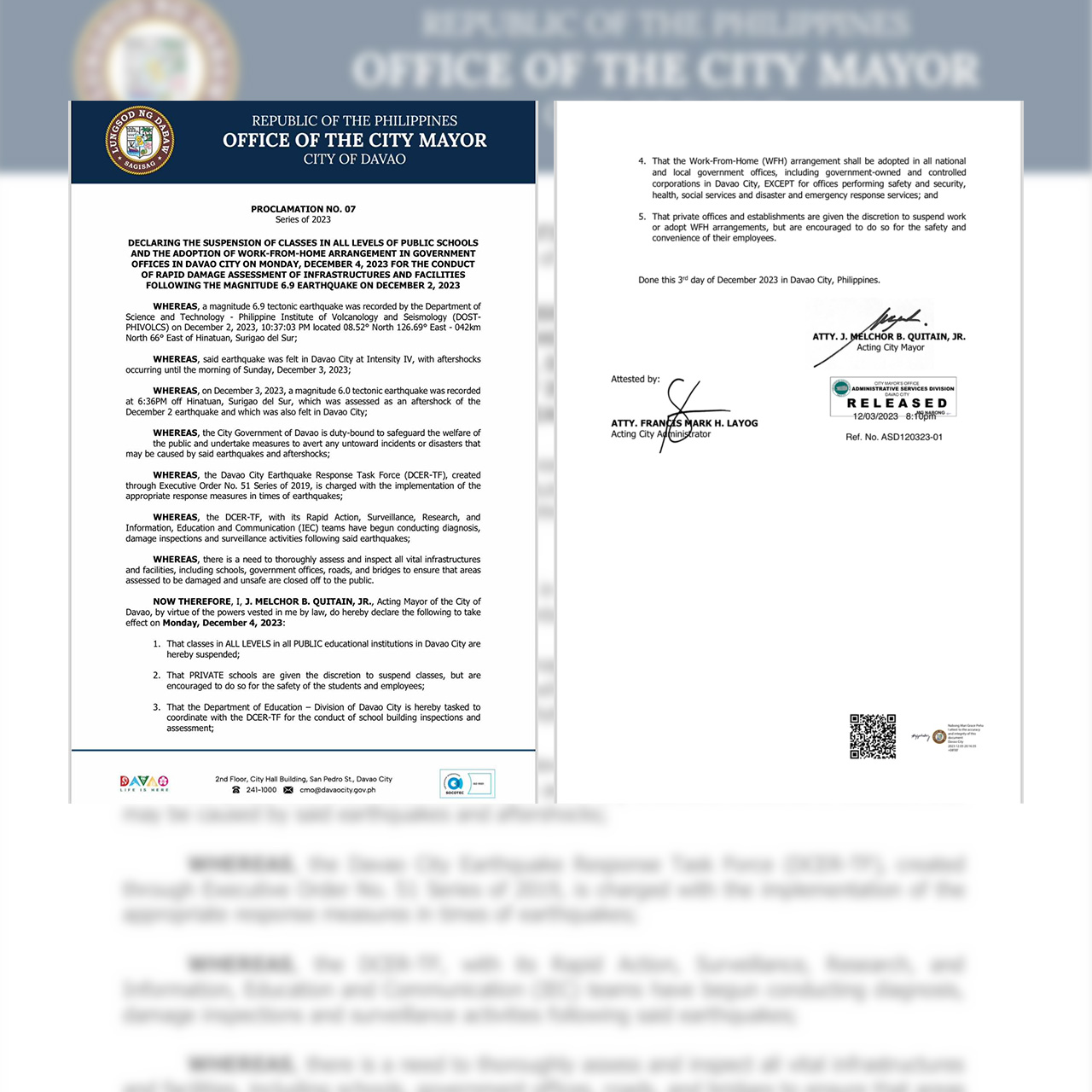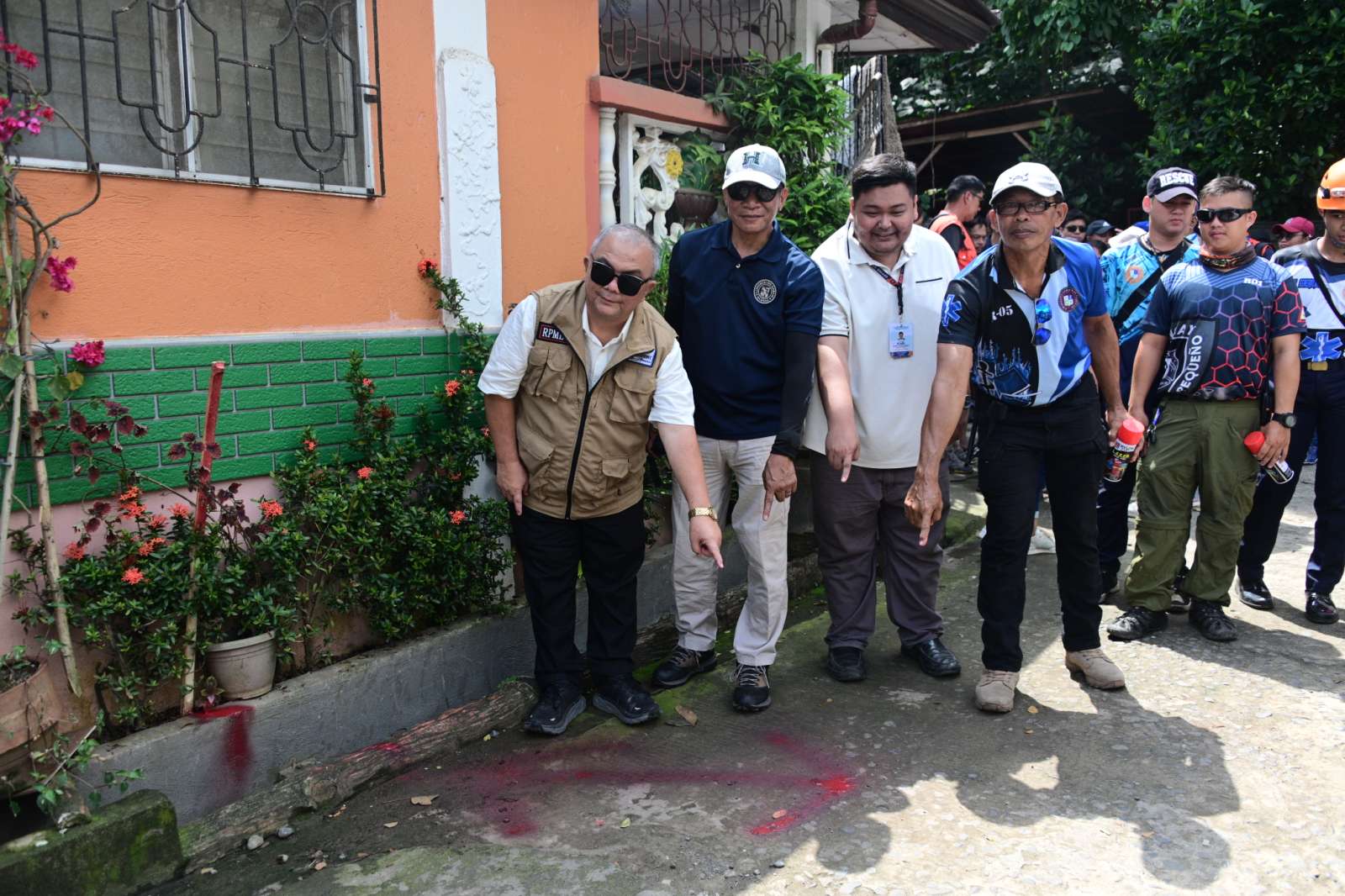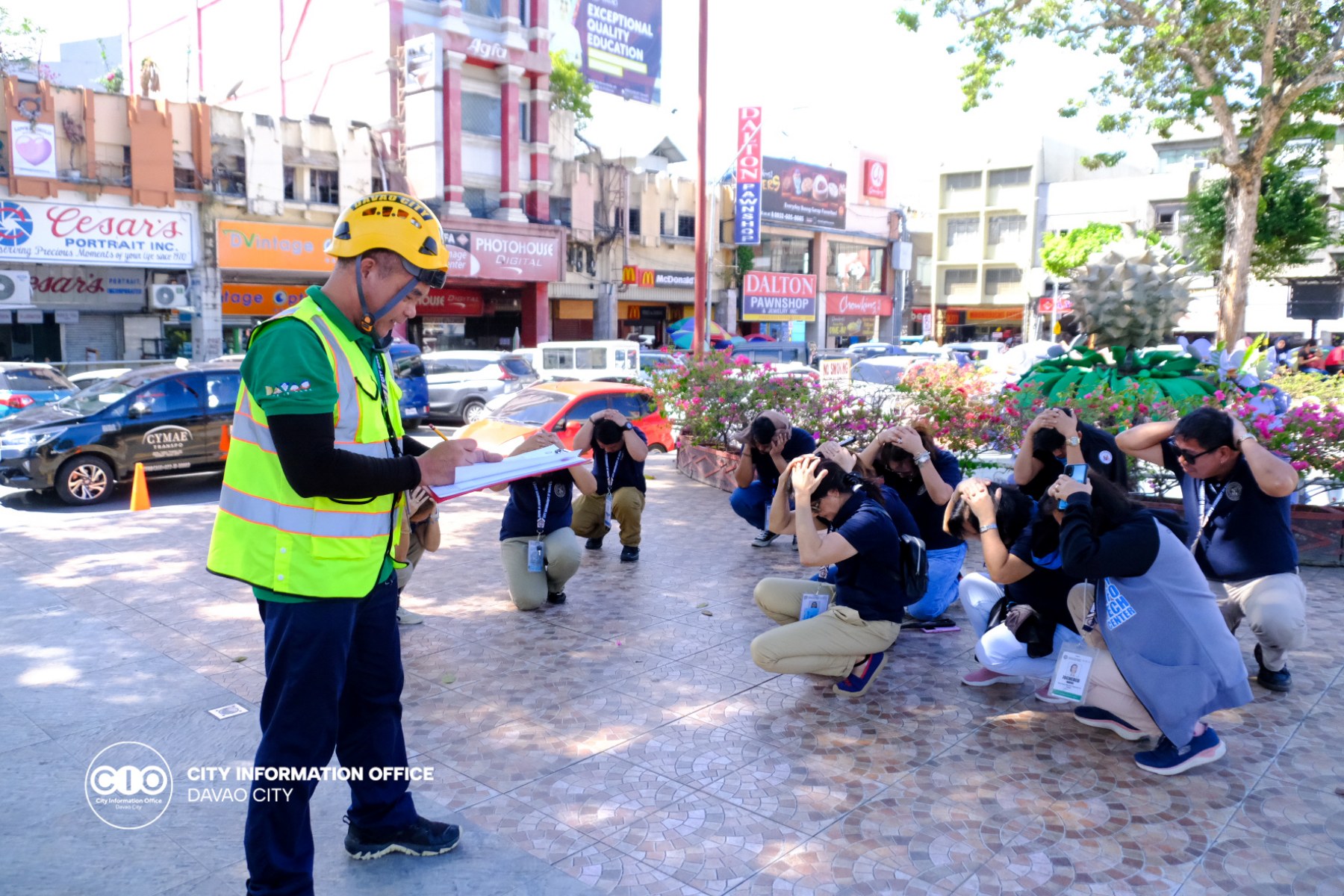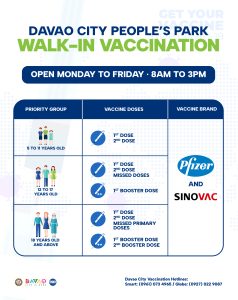20 October 2022
The City Government of Davao, through the City Disaster Risk Reduction and Management Office (CDRRMO), is reminding all Dabawenyos to practice essential disaster preparedness measures as the La Niña period may last until February next year.
This, according to the La Niña Advisory No. 13 of the Philippine Atmospheric, Geophysical and Astronomical Services Administration (PAGASA) published on October 5,
CDRRMO Administration and Training Chief Lyndon Leovic Ancajas, during the ‘At Your Service’ program aired over the Davao City Disaster Radio on Tuesday, said people must prepare for “above normal rainfall conditions that could lead to potential adverse impacts such as heavy rainfall, flood, landslide, flashflood over highly vulnerable areas.”
“We all know that flooding is part na gyud sa atong hazard and risk profile nato diri sa (of our hazard and risk profile here in) Davao City,” said Ancajas, adding that people are responsible for arming themselves with information regarding hazards and risks surrounding their area of residence that are put out by the CDDRMO and the local government.
The CDRRMO has put up risk and warning signages in areas prone to flooding, landslide, flashflood, and areas with faultlines “so people living in those areas are informed correctly,” Ancajas said.
Residents living near rivers, creeks and other bodies of water are urged to heed the color-coding alert-level system, with ‘code orange’ meaning pre-emptive evacuation while ‘code red’ signifying forced evacuation.
The city-wide siren system, which is sound-tested every Tuesday, is another part of the city’s early warning system. For their part, people must know what to do and where to go once the sound alarm is heard.
Disaster preparedness at the household level must be practiced religiously, Ancajas said. Each household must have its own “go bag” containing important documents, water, non-perishable food good for at least three days, a whistle, AM radio, and extra clothing.
Active participation during emergency drills in the workplace, schools and residences is also essential in disaster preparedness, he added.
Ancajas said proper segregation and disposal of garbage and routine drainage-clearing go hand-in-hand with large-scale efforts geared towards environmental conservation, protection and rehabilitation, in preventing and mitigating the risks posed during the La Niña period.
“If you are living in flood-prone areas, landslide-prone areas, sugod karon, let’s do our preventive measures, mangllimpyo ta sa atong palibot (clean our surroundings), ensure na our basura dili maadto sa canal para dili ta mahimong contributor sa baha (ensure that our trash will not end up in the waterways and contribute to the flooding),” Ancajas said. CIO



